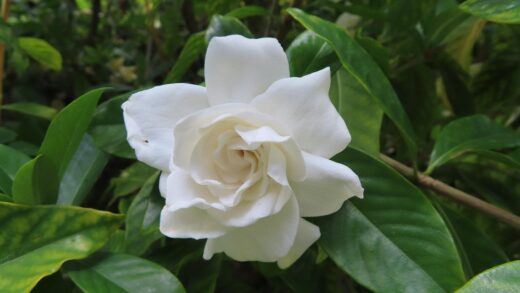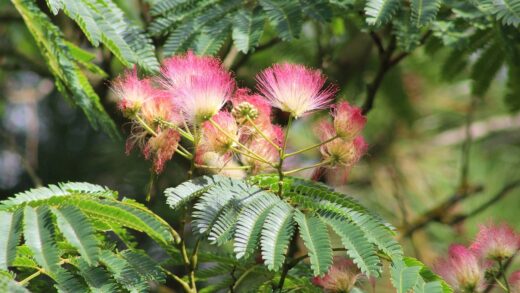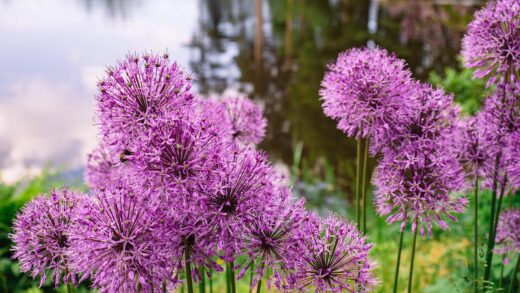The amount of sunlight a fernleaf peony receives is one of the most critical factors determining its overall health, vigor, and, most importantly, its ability to produce a breathtaking floral display. This is a sun-loving perennial that absolutely requires a significant amount of direct light to thrive. Understanding and providing for its specific light needs is not just a recommendation but a fundamental prerequisite for success. Insufficient light is a primary cause of disappointment for many gardeners, leading to weak plants that fail to bloom and never reach their full potential.
To achieve optimal growth and prolific flowering, a fernleaf peony must be planted in a location that receives at least six to eight hours of direct, unfiltered sunlight each day. This is what horticulturalists refer to as “full sun.” The energy the plant derives from sunlight through photosynthesis is the fuel that powers all of its functions, from producing its delicate foliage to developing the large, energy-intensive flowers for which it is prized. A site with southern exposure is often ideal, as it provides the longest duration of direct sun throughout the day.
When a fernleaf peony is grown in inadequate light, the consequences are readily apparent. The plant’s growth will be weak and spindly, with elongated, thin stems that may struggle to stand upright. The characteristic fern-like foliage will be sparse and a lighter shade of green, lacking the lush, dense appearance of a healthy specimen. This weak structure makes the plant more susceptible to damage from wind and rain and less able to compete with surrounding plants.
Most significantly, a lack of sufficient sunlight will directly impact flower production. A fernleaf peony growing in a shady location may produce very few flower buds, or it may fail to bloom altogether. The plant conserves its limited energy resources for basic survival and vegetative growth, sacrificing the demanding process of flowering. If you have a healthy-looking peony that consistently fails to produce flowers, the first thing you should assess is whether it is truly receiving the required six-plus hours of direct sun.
The effects of morning versus afternoon sun
While the total duration of sunlight is the most important factor, the timing of that sunlight can also have an impact, particularly in different climates. Morning sun is generally considered the most beneficial. The light in the morning is bright but less intense than the harsh afternoon sun, and it provides the plant with the energy it needs to begin photosynthesis early in the day. Crucially, morning sun also helps to quickly dry any dew or moisture from the foliage, which is a key strategy in preventing the development of fungal diseases like botrytis blight and powdery mildew.
More articles on this topic
In cooler to moderate climates, a location that provides sun all day long is perfectly suitable and often ideal for the fernleaf peony. The plant is well-adapted to handle this exposure and will perform at its peak. However, in regions with very hot and intense summers, providing the plant with some light shade during the hottest part of the afternoon can be beneficial. This protection from the scorching late-day sun can help to prevent the delicate foliage from becoming scorched or stressed, preserving its ornamental quality for longer.
It is important to clarify what “light afternoon shade” means in this context. This does not mean planting it in the deep shade of a large tree or building. Instead, it refers to a location where the plant might be shaded for an hour or two by the dappled light filtering through a high-canopy tree or by the shadow of a structure late in the day. The plant must still receive its minimum of six hours of direct sun, preferably from the morning through the early afternoon.
Ultimately, if you have to choose between a spot that receives only morning sun or only afternoon sun, the morning sun location is almost always the superior choice. The benefits of disease prevention and early energy production provided by morning sun outweigh the potential for slight wilting during a hot afternoon, from which the plant will typically recover overnight. A location that only receives a few hours of weaker, late-afternoon sun is generally unsuitable for growing this plant successfully.
Light conditions and plant establishment
The light conditions in the first few years after planting play a vital role in how well a young fernleaf peony establishes itself. A young plant needs ample sunlight to develop a robust and extensive root system, which is the foundation of its long-term health and resilience. Planting a new division in a shady spot will severely handicap its ability to grow, and it may languish for years, never forming the strong, vigorous clump needed to support flowering.
More articles on this topic
When selecting a permanent home for your new fernleaf peony, you must consider not only the current light conditions but also how they might change in the future. A spot that is sunny today might become shaded in a few years as nearby trees and shrubs grow larger. Since peonies are best left undisturbed once planted, it is crucial to think ahead. Assess the mature size of surrounding vegetation and ensure that your chosen spot will remain sunny for the decades-long lifespan of the peony.
If a young peony is struggling, and you have ruled out other issues like improper planting depth or poor drainage, a lack of sunlight is a very likely culprit. In this situation, it may be necessary to consider moving the plant, even though this is generally discouraged. If you must transplant it, the best time to do so is in the autumn. The stress of being moved to a new, sunnier location is a better option than allowing it to slowly decline in a location that is too shady.
Once a peony is established in a sunny location, it will become more resilient and better able to withstand other environmental stresses. A plant that is photosynthesizing efficiently will have more energy reserves to fight off diseases, tolerate periods of drought, and recover from any minor pest damage. Providing the right light conditions from the very beginning is the most significant investment you can make in the long-term success of your plant.
Adapting to suboptimal light
While full sun is the undisputed ideal, there may be situations where a gardener wants to try growing a fernleaf peony in a location that offers slightly less than the recommended six hours of direct light. If you attempt this, it is important to have realistic expectations. The plant may survive and grow in four to five hours of direct sun, but its performance will almost certainly be compromised. It will likely be a smaller, less dense plant with weaker stems.
In a suboptimal light situation, flowering will be the most noticeably affected aspect. The plant may produce only one or two blooms, or it may not flower at all. If it does bloom, the flowers may be smaller, and their color may be less intense than that of a plant grown in full sun. You will need to accept that the plant will not achieve the spectacular display it is capable of in a sunnier location.
If you are growing a fernleaf peony in a location with marginal light, you must be extra vigilant about other aspects of its care to compensate. Ensure that the soil is exceptionally well-draining and rich in organic matter. Be meticulous with your autumn cleanup to minimize the risk of fungal diseases, which are more prevalent in shadier, less airy conditions. Avoid over-fertilizing with nitrogen, as this will only encourage weak, leafy growth that is even more prone to flopping in low light.
It may also be helpful to provide some form of support for the plant, such as a peony ring or cage, placed early in the spring. The stems will naturally be weaker in lower light, and this support can prevent them from breaking under the weight of the foliage and any flowers that do form. While growing a fernleaf peony in less than full sun is a compromise, these extra care measures can help you achieve the best possible results under the given conditions.
















